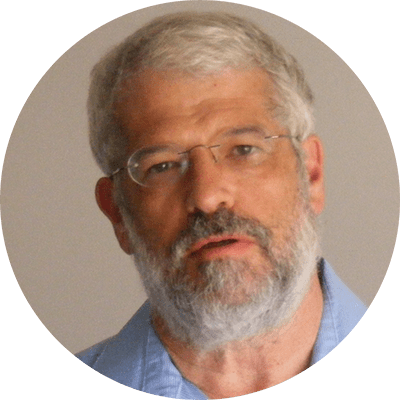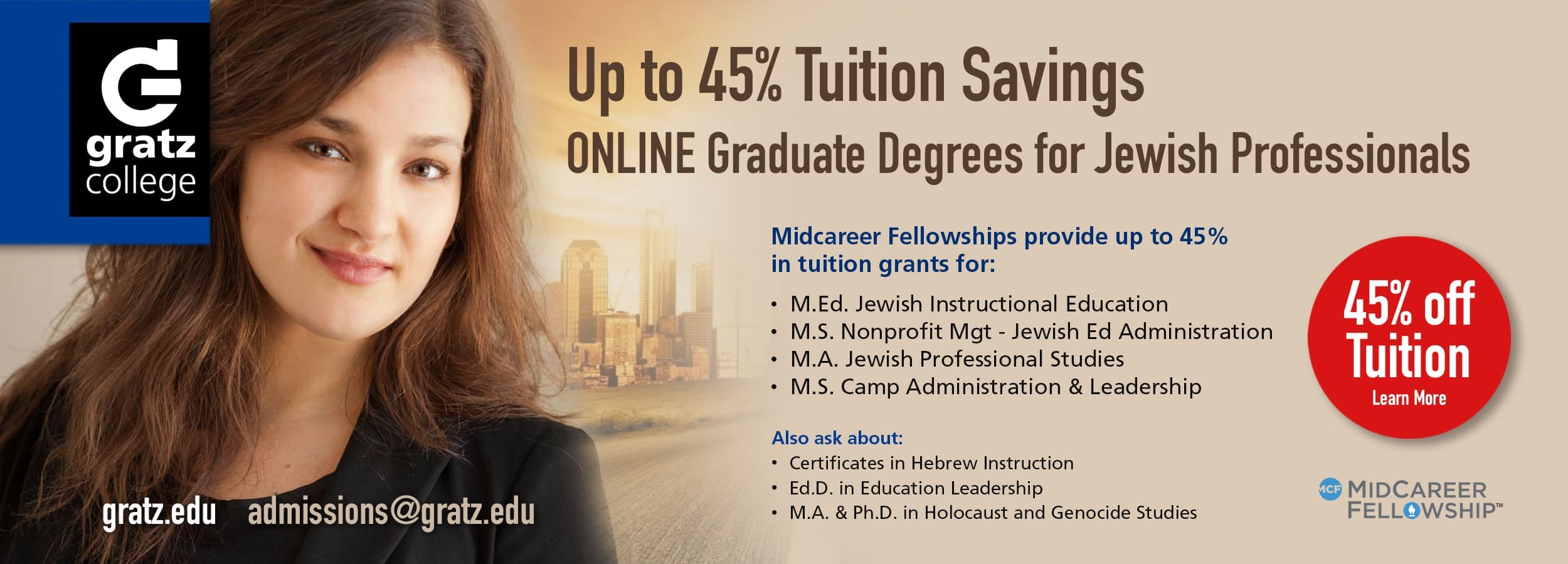A once bustling Jewish center, Chicago’s West Side is now dotted with churches and apartment buildings, their exteriors still emblazoned with Hebrew inscriptions and Stars of David. A dozen miles west, crowded Jewish cemeteries have fallen into disrepair, their tattered tombstones resting under signs of long-forgotten synagogues. Farther north, in neighborhoods their grandparents left the West Side for, Jewish students sit in middle and high school classrooms, reading American History textbooks that largely gloss over their history.
But Jewish history is important, especially for Jewish students. Seeing one’s self represented in the curriculum is vital to understanding one’s roots, gaining perspective, and forming an identity. The Chicago Jewish Historical Society (CJHS) is pioneering a new, adaptable curricular approach that uses a deep dive into local Jewish history to explore larger themes in the American-Jewish experience. Intended for students between the 7th and 12th grades, the unit culminates with the class creating a mini-museum to document their city’s Jewish history.
On the first day of the unit, student groups are each assigned a major theme in American-Jewish history, including Jewish migratory patterns, tensions over assimilation and heterodoxy, responses to antisemitism, and the very nature of a “community.” Groups receive primary source documents relevant to their theme, and are tasked with summarizing the documents, analyzing what the documents indicate about their assigned theme, and explaining how their theme has manifested in their own lives. For example, the group focusing on migratory patterns received pictures and locations of two synagogues in Chicago, both of which moved multiple times as Chicago’s Jewish community relocated.
The next phase of the unit provides students an overview of the city’s historical timeline. Students read small sections of the city’s Jewish history and become “experts” in their ten- or twenty-year period, after which they create a timeline. In the pilot run of the program, which took place at Ida Crown Jewish Academy in December 2021, students each made a slide in a shared Google Slides presentation. They then examined the timeline of their city’s history and periodized the history they encountered, naming each “era,” and comparing their historiographical frameworks with one another.
The third phase of the unit tasks students with the creation of a museum exhibit about the topic that they found most intriguing. This summative project prioritizes student choice to increase engagement and ensure that students have the most meaningful experience possible.
The pilot was run with 12th grade students over the course of eight class periods. In the pilot, students chose their museum topics from a variety of options, including:
- a profile of a neighborhood’s ethnic transitions
- an examination of Jewish cemeteries and their locations in non-Jewish areas
- an analysis of how Chicago’s Jews experienced major moments in Chicago history, from the Chicago Fire to the Columbian Exposition to the Great Depression
- a deep dive into the attempted neo-Nazi march in suburban Skokie in the late 1970s
- profiles of major Jewish leaders of Chicago, from governors to a mayor to cabinet secretaries to various philanthropic or civic leaders.
Students also had a variety of options for their delivery mechanism, including creating a virtual museum, turning historical scholarship into a children’s story, or recording a podcast.
After completing their exhibits, students engaged in a “gallery walk,” encountering and analyzing their classmates’ exhibits and reflecting on how the unit’s themes—introduced on the first day—manifested in the exhibits. They also wrote personal reflections about the experience.
Though COVID forced the gallery walk to Zoom, students still learned much more about their backgrounds, their connections to their city, and the general history of the American-Jewish experience. They saw how they fit into the history of Jewish Chicago and the larger history of American Jewry, examining how the themes they had studied came to life in the very environment in which they grew up.
As one typical student reflected:
The exhibit I connected with personally was the Civil War exhibit. I felt a connection to the Jews who fought for the army because my great-grandfather was in the military during WW2. He spent two years in the Indian Ocean on a supply ship for the American army war efforts. The time and resources that the Jews put into the Civil War made me think of this connection with my great-grandfather who put two years of his life into the military.
One key to the success of the pilot was the student-centered nature of the unit. The teacher operated as a guide, facilitating student exploration through the themes and time periods, augmented by primary source documents and other resources at each step. The opportunity for students to share the results of their research into diverse topics enabled them to enhance their research skills, and to foster a passion for a part of their city’s Jewish history.
Though the unit described here focuses on Chicago, the approach can be readily adapted to different locales. Another important aspect of the unit is its flexibility, as the unit can be condensed into one week or expanded, as time allows. Although at ICJA the unit was the concluding segment of a semester course on American-Jewish History, and served as a review of the course’s major themes, the unit is designed to stand alone.
Jewish history will have more relevance to Jewish students if they see themselves and their families in the curriculum, and local history proffers a unique mechanism to make that relevance tangible.

Michael Soffer is a veteran history teacher at Oak Park and River Forest High School in suburban Chicago. He has developed curriculum for the College Board, Newberry Library, Center for Talent Development, and Chicago Jewish Historical Society, and teaches courses in US History, Psychology, and Holocaust Studies.

Moshe Simkovich has been a Head of School, Congregational Rabbi, Educational Consultant, and Teacher in the United States and Israel. Rabbi Simkovich has been instrumental in developing innovative curricula and founding successful synagogues and Torah institutions.
Reach 10,000 Jewish educational professionals. Advertise in the upcoming issue of Jewish Educational Leadership.





